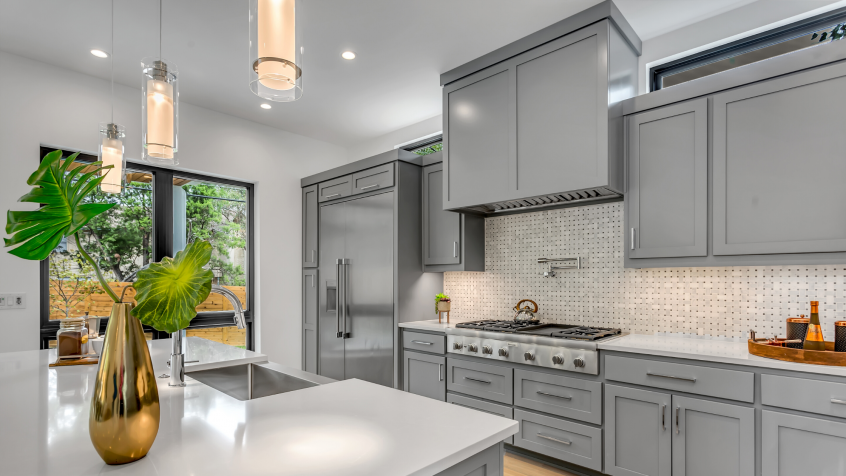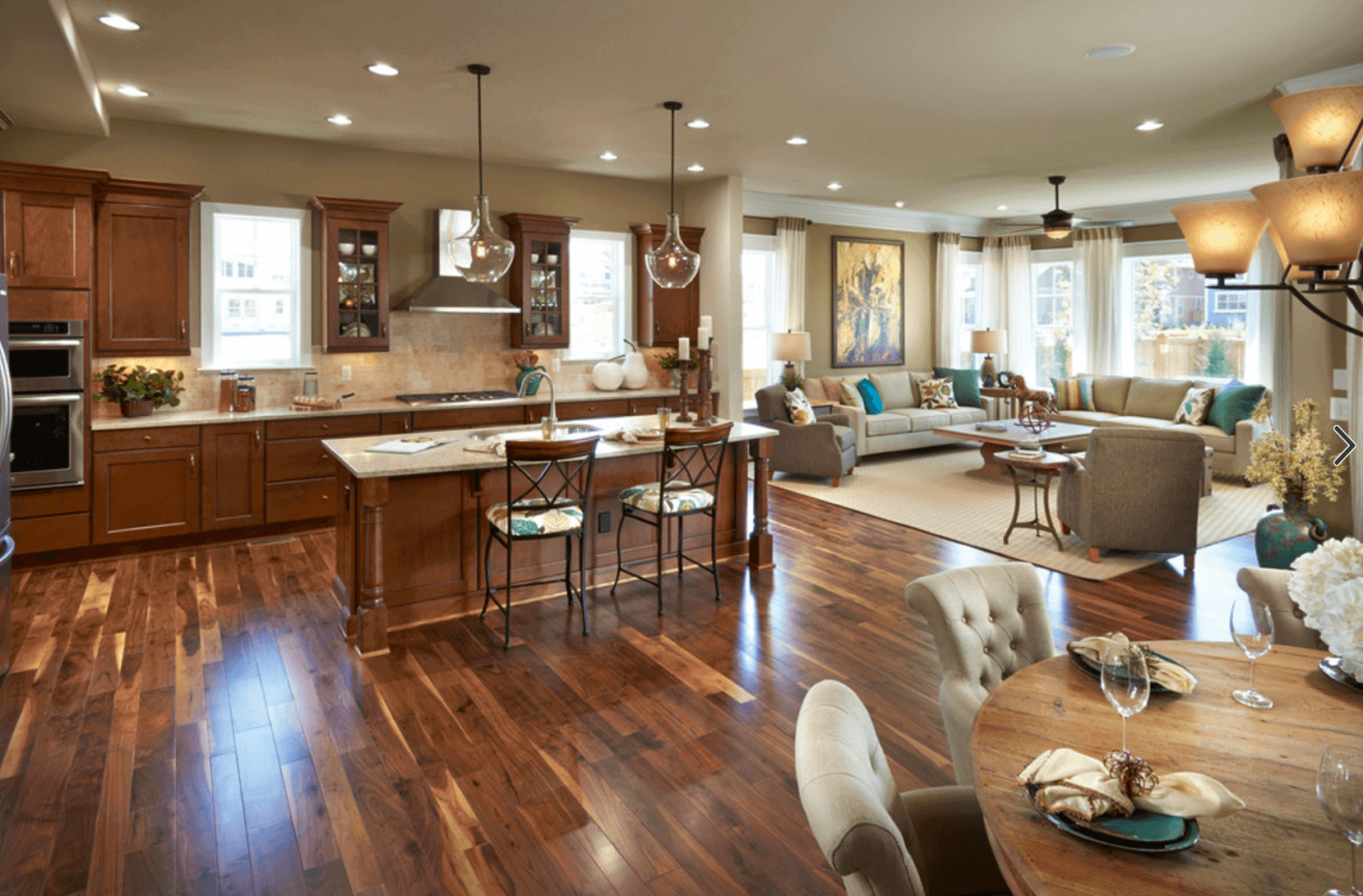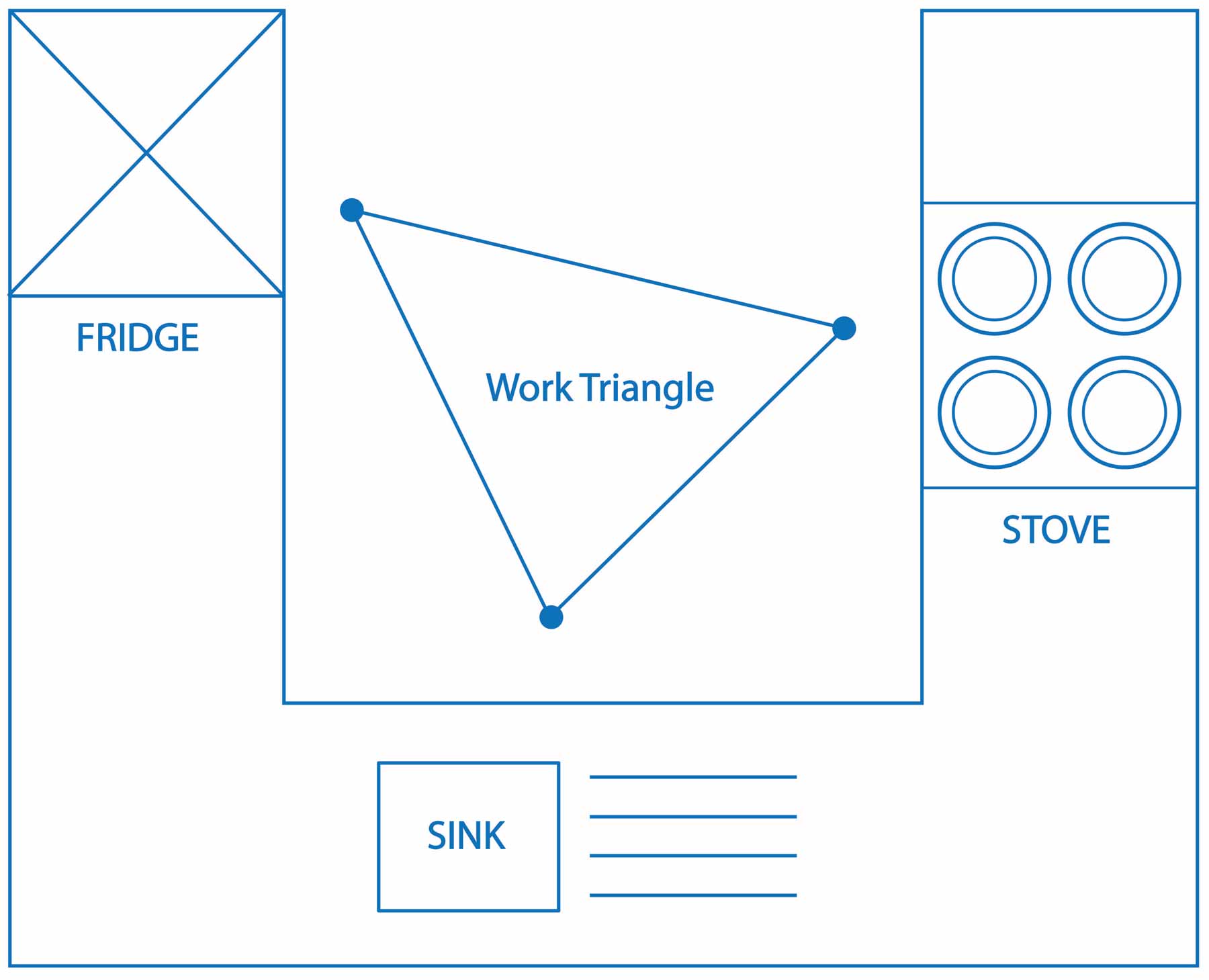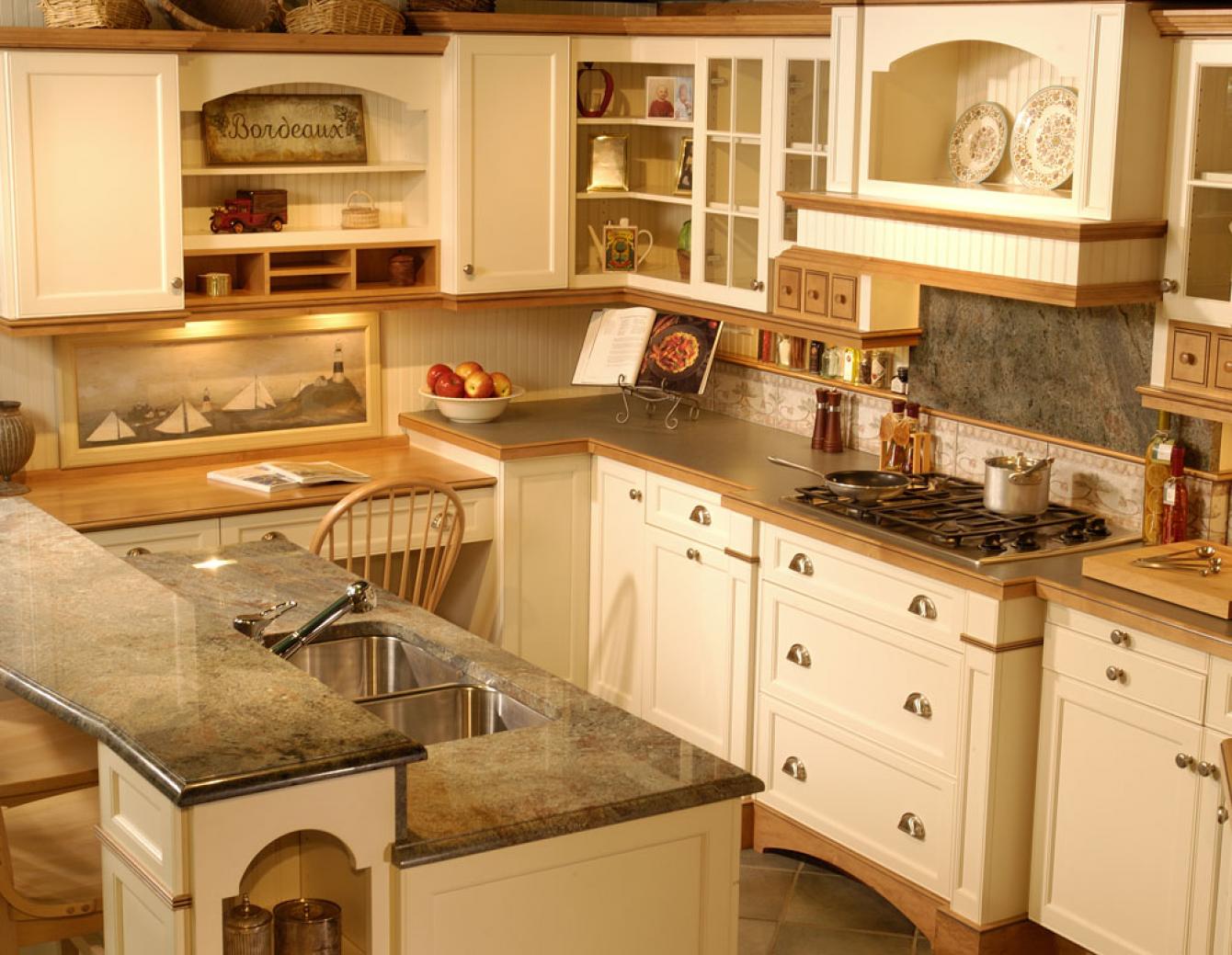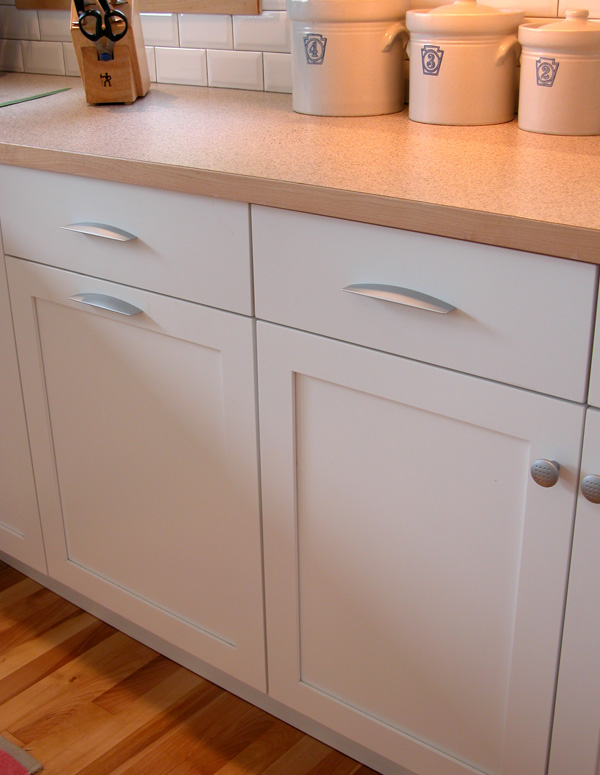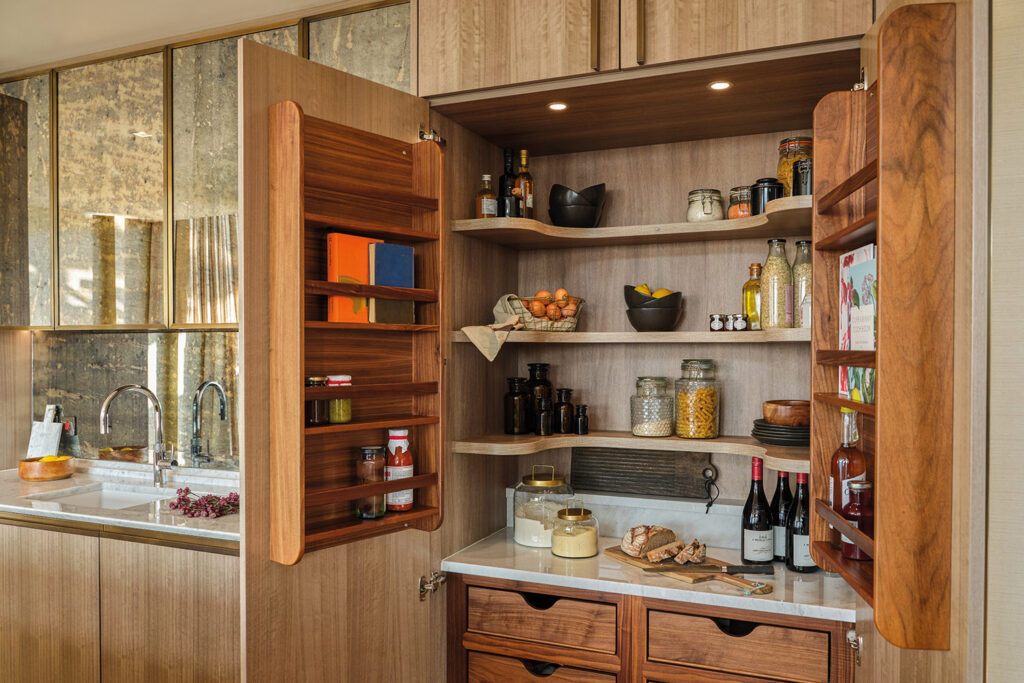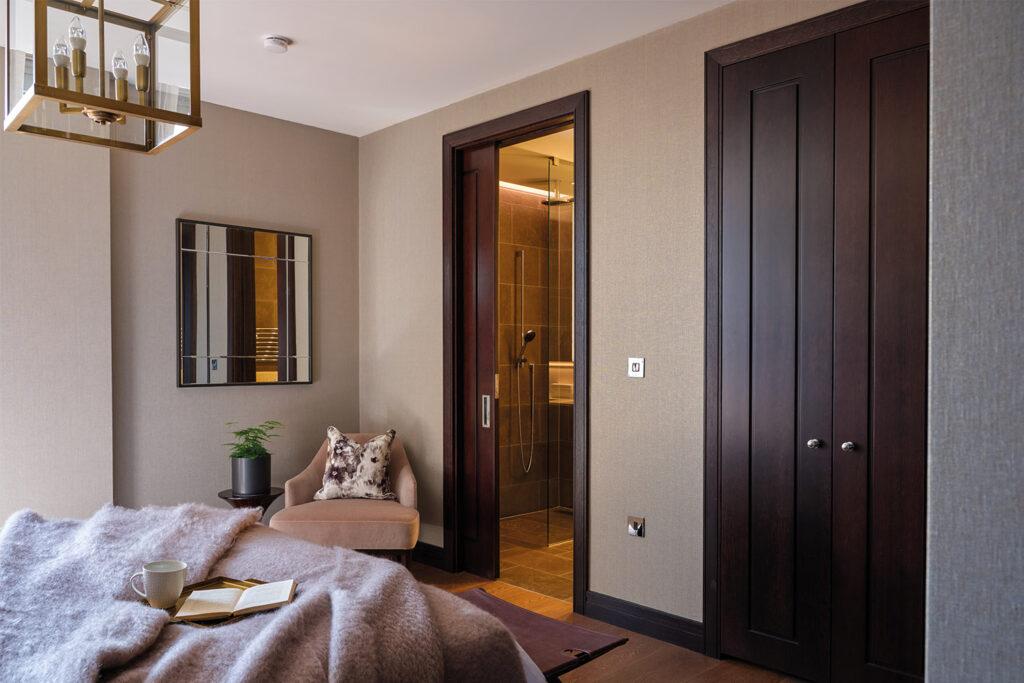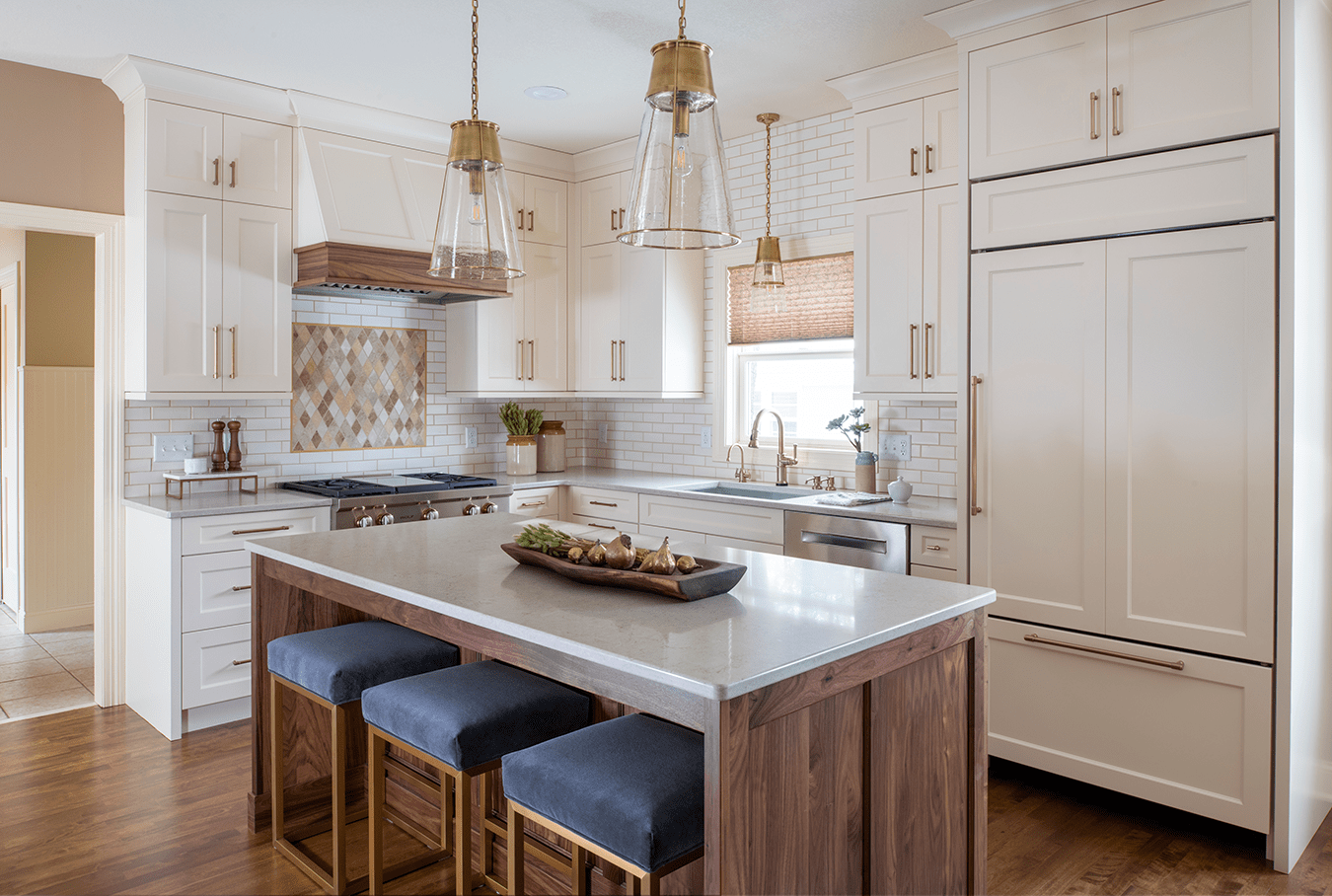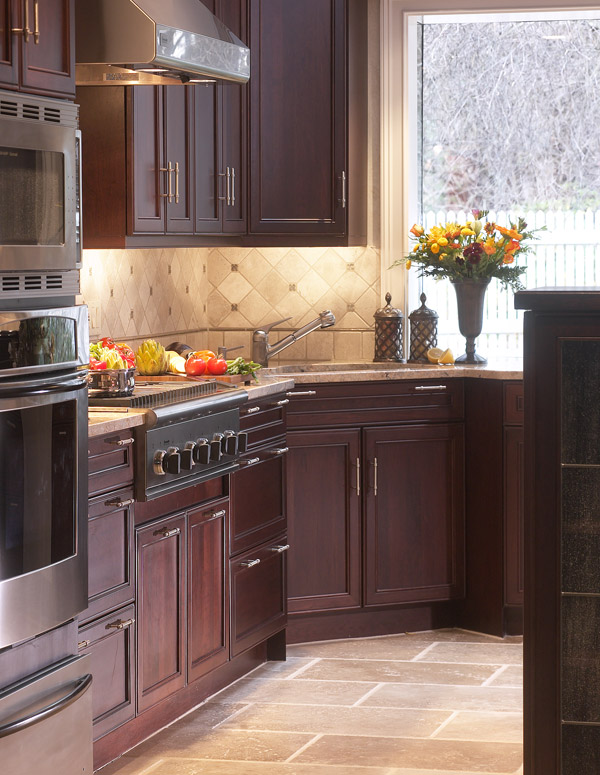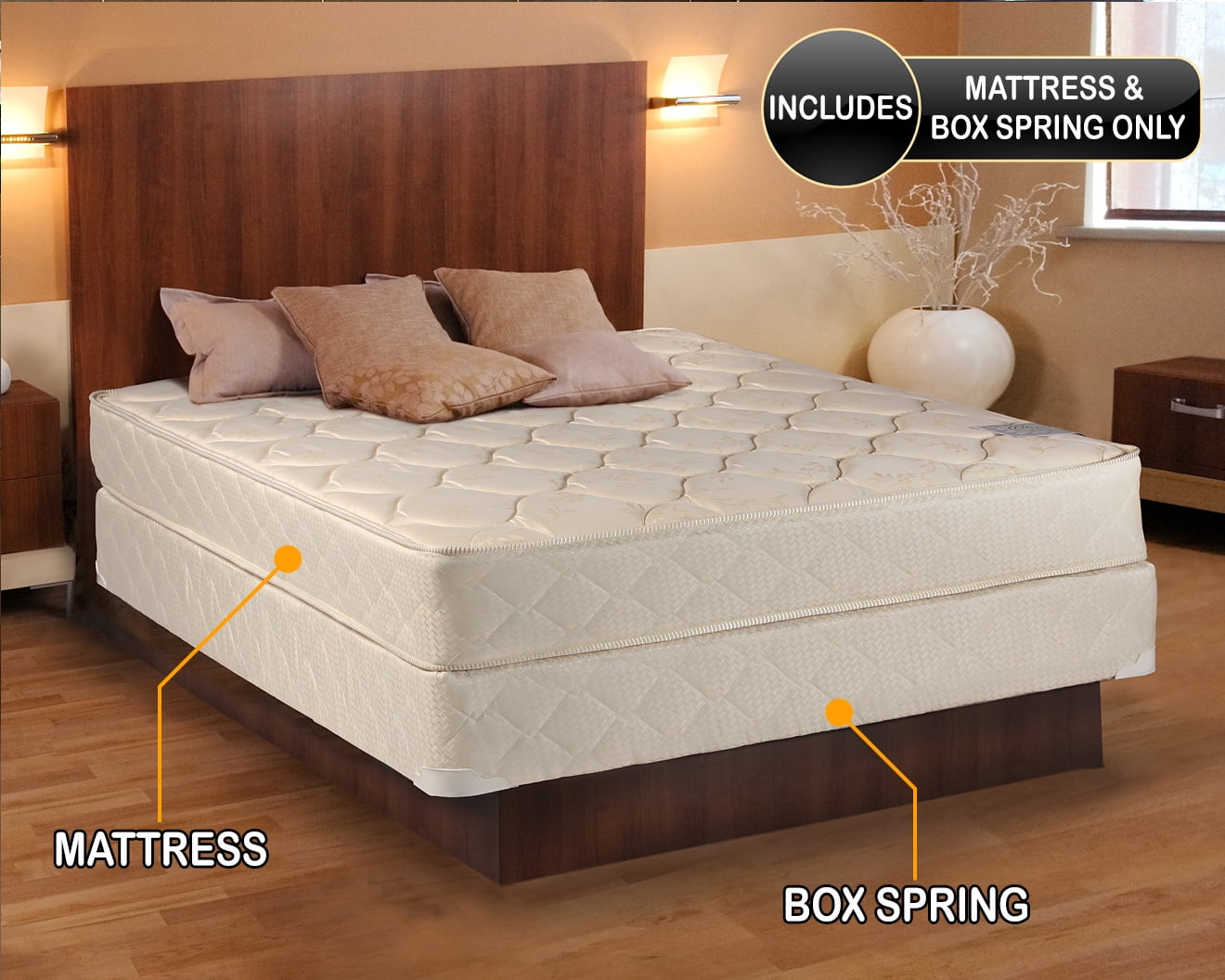Importance of Kitchen Triangle Design Layout
The kitchen triangle is a fundamental element of any functional kitchen design. It refers to the positioning of the three main work areas in a kitchen – the sink, stove, and refrigerator – in a triangular layout. This design principle has been used for decades and continues to be a popular choice for kitchen layouts because of its efficiency and practicality. A well-designed kitchen triangle can greatly improve the workflow and functionality of a kitchen, making it an essential consideration for any kitchen renovation or remodel.
How to Create the Perfect Kitchen Triangle
The key to creating the perfect kitchen triangle is to find the right balance between form and function. The first step is to identify the three main work areas – the sink, stove, and refrigerator – and ensure they are positioned in a triangular layout. The distance between each element should be no less than four feet and no more than nine feet. This allows for efficient movement between the work areas without creating too much distance to cover. It is also important to consider the flow of traffic in the kitchen and ensure that the triangle does not intersect with major walkways.
Tips for Designing a Functional Kitchen Triangle
When designing a kitchen triangle, it is crucial to keep in mind the primary purpose of the space – cooking. As such, the triangle should be designed to facilitate the most efficient workflow possible. The sink, stove, and refrigerator should be positioned in a way that allows for easy movement between them, without any obstructions in the way. It is also important to consider the placement of other elements such as countertops, cabinets, and kitchen appliances, to ensure they do not disrupt the functionality of the triangle.
Common Mistakes to Avoid in Kitchen Triangle Design
One of the most common mistakes in kitchen triangle design is creating a triangle that is too large or too small. A triangle that is too large can make it difficult to move between the work areas, while a triangle that is too small can result in cramped and inefficient workspaces. Another mistake to avoid is having the triangle intersect with major walkways or having elements such as kitchen islands or peninsulas disrupt the flow of the triangle. It is also essential to consider the placement of the dishwasher in relation to the sink, as this can greatly impact the functionality of the kitchen triangle.
The Role of the Kitchen Triangle in Efficient Cooking
The kitchen triangle plays a crucial role in efficient cooking by minimizing the distance and movement between the three main work areas. This allows for a more streamlined and organized cooking process, as ingredients, utensils, and appliances are easily accessible without having to travel far. The positioning of the triangle also allows for multiple people to work in the kitchen simultaneously without getting in each other's way.
Maximizing Space with a Kitchen Triangle Layout
One of the greatest benefits of the kitchen triangle layout is its ability to maximize space. By positioning the three main work areas in a triangular layout, it opens up more space in the kitchen for other elements such as countertops, cabinets, and kitchen appliances. This is especially beneficial for smaller kitchens where space is limited. The efficient use of space also contributes to the overall functionality of the kitchen, making it easier to cook and move around in.
Incorporating the Kitchen Triangle into an Open Concept Design
With the rise in popularity of open concept designs, incorporating the kitchen triangle into such layouts has become a common challenge for designers. However, it is still possible to maintain the principles of the kitchen triangle in an open concept design. One way to achieve this is by using kitchen islands or peninsulas to create a virtual triangle. These elements can also serve as additional work areas, making the kitchen more functional and efficient.
The Impact of Kitchen Triangle Design on Workflow
The design of the kitchen triangle has a significant impact on the workflow of a kitchen. A well-designed triangle can streamline the cooking process and make it more efficient by reducing the distance and movement between the main work areas. It also allows for multiple people to work in the kitchen at the same time, making it ideal for family gatherings or entertaining guests. On the other hand, a poorly designed triangle can hinder workflow and make cooking a frustrating and inefficient experience.
Balancing Form and Function in Kitchen Triangle Design
While the functionality of the kitchen triangle is crucial, it is also essential to consider the aesthetic aspect of the design. The layout should not only be efficient but also visually appealing. This can be achieved by incorporating design elements such as color, texture, and materials into the kitchen triangle. For example, a contrasting color on the backsplash behind the stove can add visual interest to the space while still maintaining the functionality of the triangle.
The Evolution of Kitchen Triangle Design
The concept of the kitchen triangle has been around for decades, but its design has evolved over time to accommodate the changing needs and preferences of homeowners. With the introduction of new kitchen appliances and technology, the positioning and size of the triangle have also evolved to accommodate these changes. Today, there is no one-size-fits-all approach to kitchen triangle design, as it is highly dependent on the individual needs and preferences of the homeowner. However, the fundamental principles of the triangle – efficiency and functionality – remain the same.
The Importance of the Kitchen Triangle Design Layout in House Design

The kitchen is the heart of the home
 When it comes to designing a house, the kitchen is often considered the most important room. It is the place where delicious meals are prepared, family and friends gather, and memories are made. That's why it's crucial to have a well-designed kitchen that is functional, efficient, and aesthetically pleasing. One design element that plays a crucial role in achieving this is the
kitchen triangle design layout
.
When it comes to designing a house, the kitchen is often considered the most important room. It is the place where delicious meals are prepared, family and friends gather, and memories are made. That's why it's crucial to have a well-designed kitchen that is functional, efficient, and aesthetically pleasing. One design element that plays a crucial role in achieving this is the
kitchen triangle design layout
.
What is the kitchen triangle?
 The kitchen triangle refers to the three main work areas in a kitchen: the refrigerator, the sink, and the stove. This design concept was first introduced in the 1940s and has been a staple in kitchen design ever since. The idea behind it is to create a workflow that is efficient and minimizes unnecessary movement, making cooking and cleaning tasks easier and more enjoyable.
The kitchen triangle refers to the three main work areas in a kitchen: the refrigerator, the sink, and the stove. This design concept was first introduced in the 1940s and has been a staple in kitchen design ever since. The idea behind it is to create a workflow that is efficient and minimizes unnecessary movement, making cooking and cleaning tasks easier and more enjoyable.
The benefits of the kitchen triangle design layout
 Efficiency:
With the kitchen triangle, everything you need is within easy reach. This eliminates the need for excessive walking and reduces the time spent preparing meals.
Functionality:
The triangle design allows for a logical flow of work, making it easier to move from one task to another. For example, you can take something out of the fridge, wash it in the sink, and then cook it on the stove, all without having to move too far.
Space-saving:
The kitchen triangle helps to create a more spacious and organized kitchen. By having the main work areas in close proximity, it eliminates clutter and frees up counter space.
Efficiency:
With the kitchen triangle, everything you need is within easy reach. This eliminates the need for excessive walking and reduces the time spent preparing meals.
Functionality:
The triangle design allows for a logical flow of work, making it easier to move from one task to another. For example, you can take something out of the fridge, wash it in the sink, and then cook it on the stove, all without having to move too far.
Space-saving:
The kitchen triangle helps to create a more spacious and organized kitchen. By having the main work areas in close proximity, it eliminates clutter and frees up counter space.
How to create a kitchen triangle
 Creating a kitchen triangle is easy, and it can be adapted to fit any kitchen size and shape. The key is to ensure that the three main work areas are in close proximity and that there is enough space to move between them. It's also essential to consider the flow of traffic in the kitchen and make sure the triangle does not interfere with it.
Creating a kitchen triangle is easy, and it can be adapted to fit any kitchen size and shape. The key is to ensure that the three main work areas are in close proximity and that there is enough space to move between them. It's also essential to consider the flow of traffic in the kitchen and make sure the triangle does not interfere with it.
Final thoughts
 In conclusion, the
kitchen triangle design layout
is an essential element in house design. It not only improves the functionality and efficiency of a kitchen but also adds to its overall aesthetic appeal. So, whether you're designing a new kitchen or renovating an existing one, make sure to incorporate the kitchen triangle for a more organized and enjoyable cooking experience.
In conclusion, the
kitchen triangle design layout
is an essential element in house design. It not only improves the functionality and efficiency of a kitchen but also adds to its overall aesthetic appeal. So, whether you're designing a new kitchen or renovating an existing one, make sure to incorporate the kitchen triangle for a more organized and enjoyable cooking experience.

















































